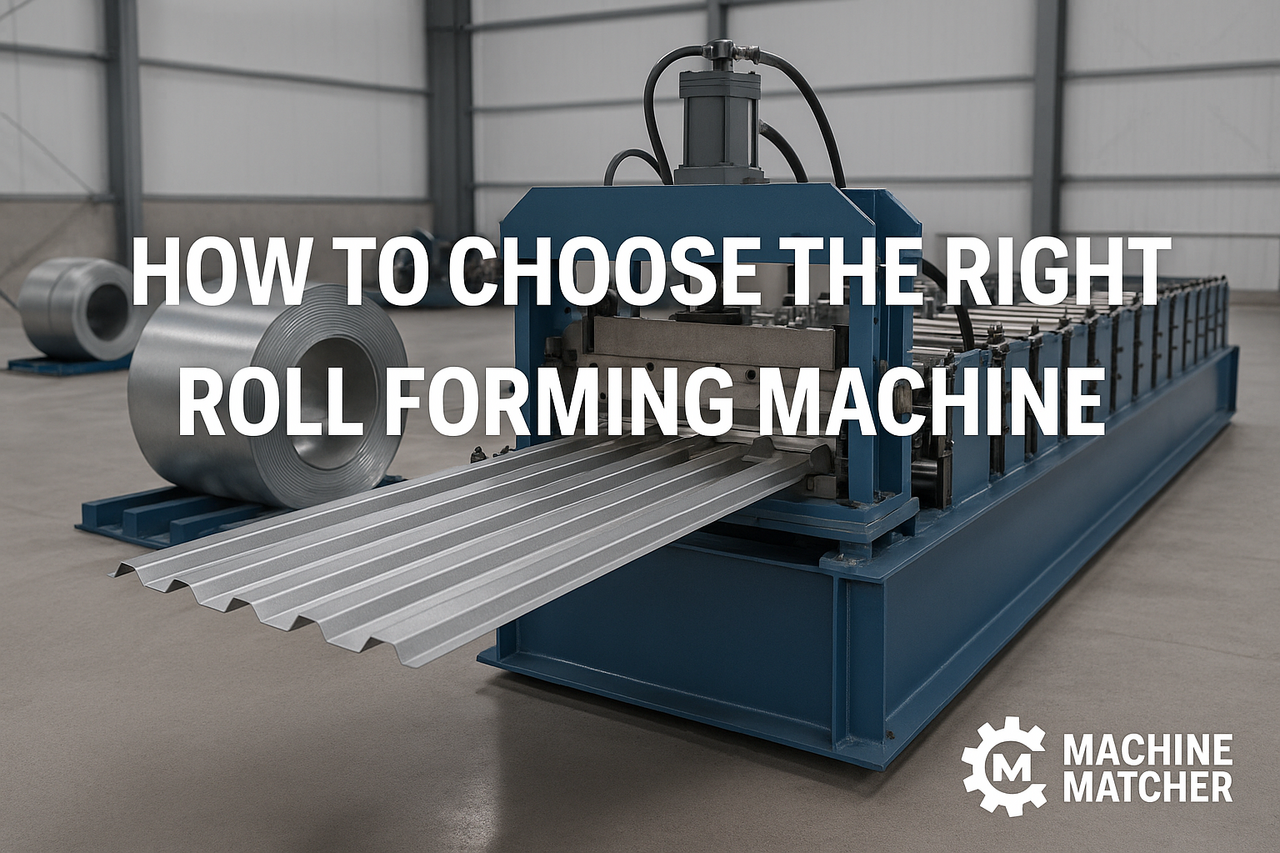
Posted on Monday, October 20, 2025
Selecting the right roll forming machine is one of the most critical decisions any metal fabrication or construction business can make. Whether you manufacture roof panels, wall cladding, C/Z purlins, or steel framing sections, the type of roll former you choose will directly impact your productivity, profile quality, maintenance costs, and long-term profitability.
At Machine Matcher, we work with manufacturers, builders, and industrial users across more than 170 countries — supplying new roll forming machines built to precise customer profiles. This complete guide explains every technical and practical factor you should consider before investing in a machine, including profile requirements, material strength, power supply, automation, layout planning, accessories, pricing, and after-sales support.
Every roll forming machine begins with one question: what profile do you want to produce?
The machine’s design, tooling, roller spacing, and even the cutting system all depend on your profile shape and its material properties.
Common examples include:
Roofing panels: Corrugated, trapezoidal, and standing seam panels for commercial and residential roofing.
C/Z purlins: Structural sections used in steel frame buildings and warehouses.
Stud and track: Light-gauge framing profiles for drywall partitions and ceiling systems.
Decking panels: Structural floor and roof decking profiles with deep ribs.
Flashings and trims: Edge, valley, or ridge flashings used in roofing and cladding.
Each profile demands a unique roller design and material gauge. For instance, roofing panels typically use 0.3–0.8 mm coil, while purlins and decks require heavier gauges from 1.5 mm to 3.0 mm.
Choose based on application:
Galvanized steel (GI): Most common and economical.
Galvalume (AZ): Higher corrosion resistance for coastal or humid environments.
Pre-painted steel (PPGI): Provides finished color surfaces.
Aluminum or stainless steel: Lightweight or anti-corrosion requirements.
Your coil width determines the feed width of the machine, while the finished width and rib height affect roller spacing and forming stations.
If you already have a profile drawing, share it with the supplier for accurate roller design.
Machine Matcher’s online profile catalog allows you to view and select hundreds of global roofing and cladding patterns before ordering.
The tensile strength of your raw material is a key factor in machine selection.
Forming mild steel is very different from forming high-strength structural steel.
| Material Type | Typical Tensile Strength | Application | Notes |
|---|---|---|---|
| Mild Steel | 200–300 MPa | Roofing, wall cladding | Easier to form, lower cost |
| High-Tensile Steel | 550–650 MPa | Structural purlins, decking | Needs stronger rollers and frame |
| Stainless Steel | 600–800 MPa | Corrosion-resistant profiles | Requires hardened rollers |
| Aluminum | 120–250 MPa | Lightweight panels | Needs polished rollers to prevent marks |
A mismatch between material strength and roller design can cause:
Edge cracking during forming
Roller wear and premature failure
Misalignment or dimensional inaccuracy
Machine Matcher engineers always confirm coil grade and thickness before manufacturing tooling, ensuring consistent results and extended roller life.
When evaluating roll forming machines, analyze each component carefully. Below are the main areas to compare.
Material: GCr15 or 42CrMo, hardened to HRC 58–62.
Surface Treatment: Polished or chrome-plated for corrosion protection.
Number of Stations: Typically 10–24 for roofing, up to 36 for purlins and decks.
Accuracy: CNC-machined rollers ensure uniform shape and fit between passes.
Shaft Diameter: 60–85 mm for light-duty machines, 90–110 mm for heavy-duty.
Shaft Material: 45# or 40Cr steel, tempered for rigidity.
Drive System: Chain drive (economical), gearbox drive (smoother), or direct drive (high precision).
Base Frame: 350–450 H-beam welded steel, stress-relieved after welding.
Wall Plate: 16–25 mm steel plate.
Leveling Feet or Rails: For alignment and vibration reduction.
Solid frames prevent movement and ensure accuracy, even at high forming speeds.
Hydraulic Guillotine: Standard on most machines.
Servo Fly-Cut System: For continuous high-speed production.
Blade Material: Cr12Mov or D2 steel, heat-treated.
Cut length tolerance should be within ±1 mm.
Modern roll formers use PLC control systems for automation and precision:
PLC brands: Siemens, Delta, or Omron.
Touchscreen HMI for recipe storage and parameter setting.
Encoder feedback for precise length measurement.
Optional remote monitoring allows real-time support from Machine Matcher’s technical team.
Standard speed: 10–20 m/min
High-speed lines: up to 60 m/min
Speed depends on profile complexity and material thickness. Servo feed systems maintain consistent accuracy even at higher speeds.
Different countries operate with different electrical standards:
Europe, Middle East, Africa, and Asia: 380 V / 50 Hz / 3-phase
North America: 220 V or 480 V / 60 Hz / 3-phase
Always specify your local voltage to avoid transformer or motor issues.
Automation options can dramatically improve efficiency:
Automatic coil loading systems reduce operator handling.
Servo feeding and cutting maintain precision at speed.
Automatic stackers neatly organize finished sheets.
Remote PLC control enables diagnostics, recipe updates, and troubleshooting through the internet.
Machine Matcher machines can be equipped with Ewon or PLCRemote systems for live monitoring and remote adjustments.
Roll forming machines range from 8 m to 15 m in length and 1.2–1.8 m in width.
When planning installation, consider:
Coil loading area: Allow safe access for forklifts or coil cars.
Feeding and alignment zone: Keep at least 1 m clearance on both sides.
Output area: Provide space for stacking or packaging finished sheets.
Electrical and hydraulic access: Ensure easy maintenance points.
Machine Matcher provides layout drawings before shipment to help you prepare foundations and connections. Our technicians or remote PLC team can guide you through alignment, power wiring, and test runs.
Accessories can transform a standard roll forming line into a fully automated production system.
Here are the most popular add-ons:
Hydraulic Decoiler (3–10 ton capacity): Smooth feeding of coil material.
Coil Car or Tipper: Safely positions heavy coils onto the decoiler.
Leveling System: Ensures perfectly flat feed for high-tensile materials.
Automatic Stacker: Collects finished sheets without manual handling.
Recoiler: Used for continuous strip applications.
Safety Guards & Enclosures: Protect operators from moving parts.
Remote PLC Control: Enables off-site troubleshooting.
Each extra increases automation, consistency, and operator safety — especially useful for high-volume factories or remote production environments.
A professional installation ensures your machine runs at its rated performance from day one.
Prepare a flat, reinforced foundation capable of supporting the machine weight.
Verify 3-phase power connection, correct voltage, and grounding.
Position the decoiler and feeding table in line with the main mill base.
Level the base frame using adjustable feet or shims.
Connect electrical and hydraulic systems according to wiring diagrams.
Perform manual roll checks before powering on.
Run a dry test (without material) to verify direction and encoder function.
Conduct a trial run with coil, measure cut length accuracy, and check alignment.
Adjust forming pressure gradually to prevent edge waves or bending.
Train operators on safe procedures and emergency stops.
Machine Matcher can provide on-site setup or remote commissioning via video and PLC support.
A roll forming machine is a long-term investment that can last decades with correct maintenance.
Below are key maintenance intervals and procedures.
Clean rollers and wipe off oil or dust.
Check for unusual vibration or noise.
Inspect sensors and photo-eyes.
Confirm emergency stop and safety guards function correctly.
Lubricate chains, bearings, and shafts.
Check hydraulic oil level and leaks.
Tighten drive couplings and bolts.
Drain and replace hydraulic oil if discolored.
Inspect encoder alignment.
Verify PLC program backup.
Calibrate length system.
Check roller wear and regrind if necessary.
Replace worn blades and seals.
Perform a complete electrical inspection.
Machine Matcher’s Technical Support Desk offers remote guidance and custom maintenance schedules, including preventive service contracts for global customers.
Roll forming machine pricing varies depending on capacity, automation level, and configuration.
| Machine Type | Typical Price Range (USD) | Features |
|---|---|---|
| Entry-Level Roofing Machine | $25,000 – $45,000 | Manual decoiler, chain drive, 10–15 m/min |
| Mid-Range Hydraulic Machine | $50,000 – $90,000 | Hydraulic cut, PLC control, 20–30 m/min |
| High-Speed Servo Line | $100,000 – $180,000 | Servo feed & cut, automatic stacker |
| Heavy-Duty Structural Purlin Line | $150,000 – $250,000+ | Quick-change tooling, gearbox drive, 60 m/min |
Roller material and heat treatment
Number of forming stations
Automation (servo, stackers, coil cars)
Local voltage and PLC brand
Shipping, installation, and training
Always evaluate total cost of ownership, not just purchase price. Machines built with high-grade rollers and components reduce downtime and produce consistent panels for years.
Machine Matcher provides transparent quotes that include machine drawings, specifications, delivery time, and available upgrades. All machines are brand new and manufactured to your specific profile.
A reliable supplier ensures your investment delivers long-term returns. Look for:
Technical expertise: In-house engineers capable of modifying designs.
Quality assurance: Pre-shipment testing, videos, and inspection reports.
After-sales service: Spare parts availability and remote diagnostics.
Global support: Ability to ship, install, and service worldwide.
Machine Matcher partners only with verified factories that meet international standards. Every unit undergoes a Quality Control Report before dispatch, confirming alignment, cut length accuracy, electrical load testing, and hydraulic performance. You also receive photos and videos of the trial run as proof of functionality before shipment.
What is a roll forming machine?
A roll forming machine shapes continuous coils of metal into precise, consistent profiles using multiple roller stages and a cutting system.
How do I choose the right model?
Start with your profile drawing, coil gauge, material strength, and production speed. Then match these to machine specifications. Machine Matcher engineers can help confirm all parameters before manufacturing.
Can one machine make multiple profiles?
Yes. Some machines use interchangeable roller cassettes or adjustable tooling to produce several profiles with the same base.
How long does production and delivery take?
Typically 8–14 weeks, depending on complexity and optional accessories.
Do I need a foundation?
Yes. A level, reinforced floor ensures alignment and precision.
What is the power requirement?
Most machines require 380 V / 50 Hz or 480 V / 60 Hz, 3-phase power. Always specify your country standard when ordering.
How can Machine Matcher support me after delivery?
Our 24/7 Technical Support Desk provides remote diagnostics, spare-part sourcing, maintenance planning, and even operator training.
Can I see sample profiles before ordering?
Yes. Visit our online profile catalog to view global designs and upload your own custom drawing.
What warranty do new machines include?
Typically 12 months covering electrical, hydraulic, and mechanical components (excluding wear parts). Extended warranties are available.
Does Machine Matcher offer installation?
Yes. We arrange on-site technicians or remote PLC setup support anywhere in the world.
Choosing the right roll forming machine means aligning profile, material, and production goals with the correct machine configuration. Focus on:
Profile geometry and material tensile strength.
Machine build quality — rollers, shafts, and frame structure.
Electrical and automation compatibility with your local system.
Reliable after-sales support and spare-part access.
Long-term value, not just initial cost.
Machine Matcher helps you navigate these decisions by comparing options across global manufacturers, verifying quality, and customizing machines for your exact profile.
Your roll forming machine is the backbone of your production line. Investing in the right model ensures precise profiles, minimal waste, and decades of reliable service. Machine Matcher delivers new, custom-built machines tested before shipment and backed by global technical support.
For expert guidance, profile design help, or a tailored quotation:
United Kingdom (Main Office)
Phone: +44 20 335 56554
United States
Phone: +1 407 559 7948
Mobile / WhatsApp: +44 7816 972935
Email: [email protected]
All machines are new, manufactured to your specific profile, and deliverable worldwide.
Machine Matcher’s engineering and support teams in the UK and USA provide 24/7 technical assistance, ensuring your production never stops.
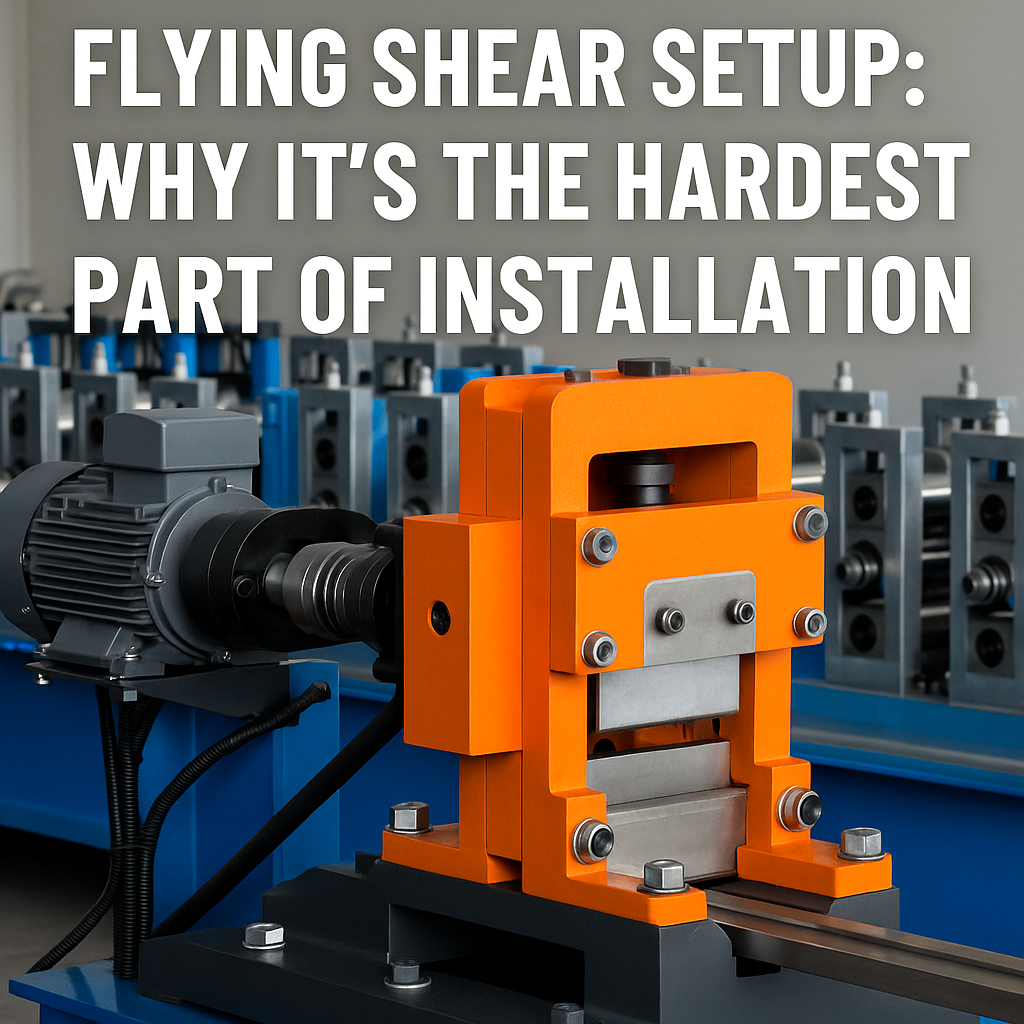
Flying Shear Setup: Why It’s the Hardest Part of Roll Forming Machine Installation
Posted on Monday, November 24, 2025
If you want a header image, meta description, or series continuation, just tell me.
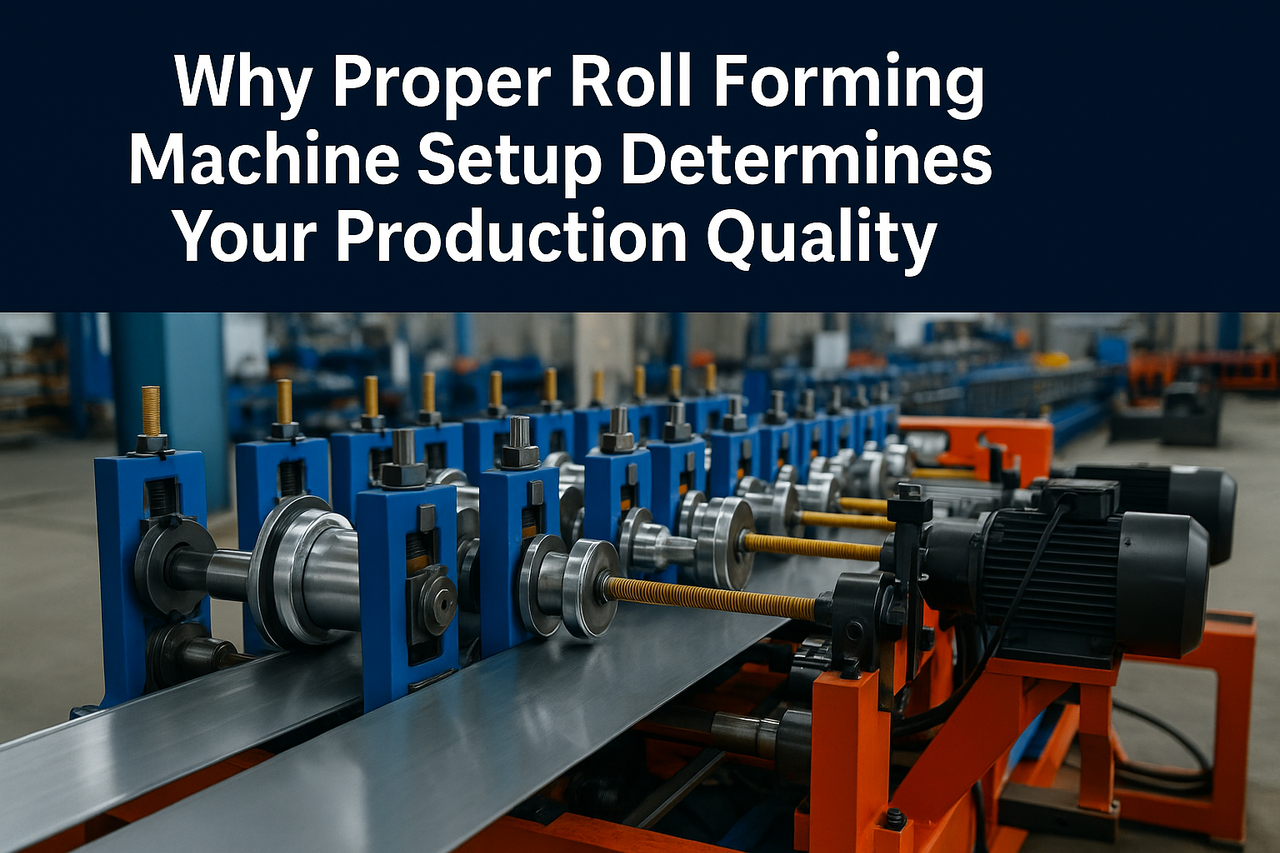
Why Proper Roll Forming Machine Setup Determines Your Production Quality
Posted on Monday, November 24, 2025
The #1 factor that decides accuracy, scrap rate, speed, and consistency.
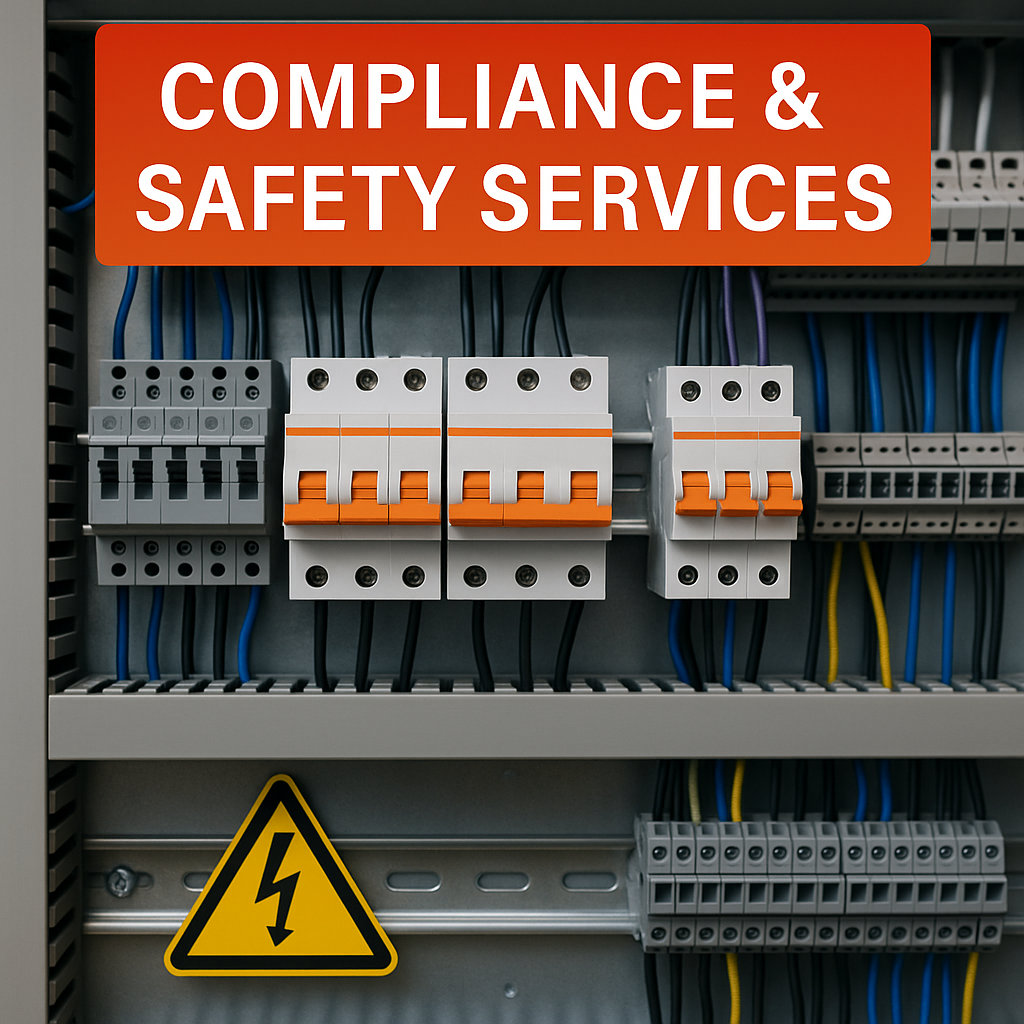
Compliance & Safety Services for Roll Forming Machines — Full Guide
Posted on Sunday, November 23, 2025
How Machine Matcher keeps your machines safe, legal, and fully compliant with CE, UL, and UKCA standards.
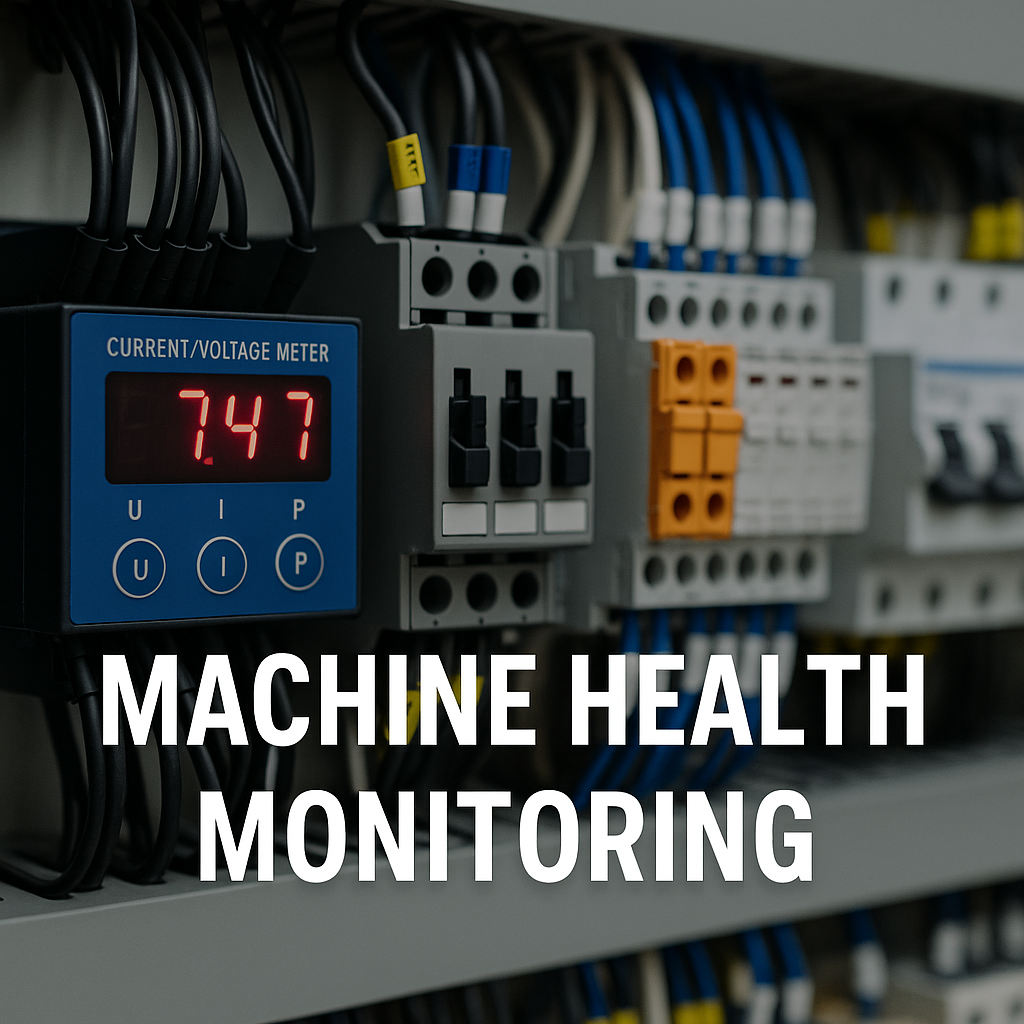
Machine Health Monitoring for Roll Forming Machines — Complete Diagnostic Service Guide
Posted on Sunday, November 23, 2025
Continuous diagnostics that prevent breakdowns, reduce downtime, and extend machine life.
Copyright 2025 © Machine Matcher.